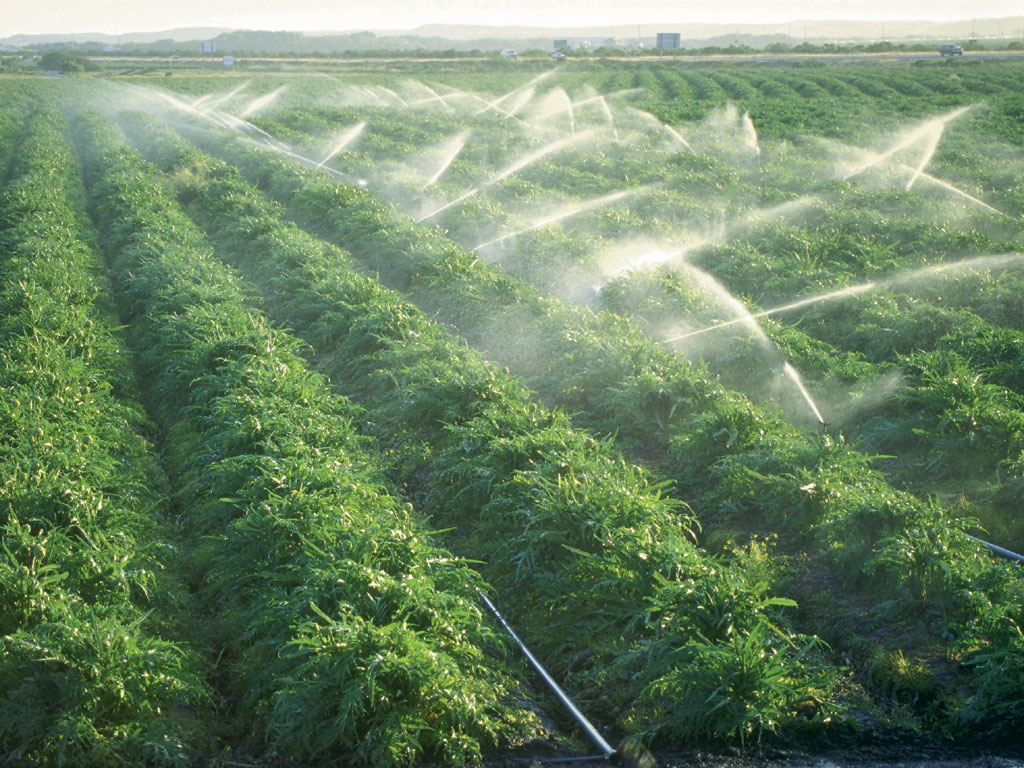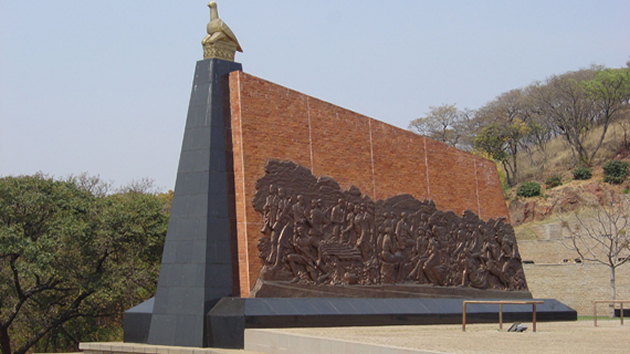Transforming agriculture in Africa

Brian Mudumi and Takudzwanashe Mundenga
The great story about China’s miracle economic growth and development is not about emulating the Asian country model. It is about defying dependency on a single model and working from what works best from the ground with a country’s own history and trajectory. It is crucial to get behind South-South learning and cooperation. The Chinese, Li Xiaoyun some time back elaborated on the power of developing in alternative ways, calling other developing countries to try things differently.
China has a reliable agro-based development strategy and staple crop-led agricultural development policy. This is a lesson in itself as it focuses on the need for consistency of purpose and the trust required in investing in one’s own traditional systems.
Agriculture is the backbone of the African economy, yet the continent is still struggling to realise productivity from the sector.
There is a dirge that goes, “If agriculture catches a cold, the whole economy sneezes.”
Countries have rarely developed without farming.
It is agriculture that feed the most industries with raw materials, at the same time responsible for food security.
Unlike China, most African countries have never developed full capabilities in systematic research and development in agricultural science despite the great potential the continent carries. China has set out to create institutional capacity at every level across many aspects of the agricultural value chain.
These include research and development institutes; the largest and most comprehensive agricultural extension system; credit and financing capabilities at national, provincial and district levels; as well as systems of managing seed, irrigation, production, market integration and export support.
Having diverse internal situations in our continent, in the bid to successfully learn from China’s experience in agricultural development, countries should carefully identify and make adjustments related to Chinese experience in order to adapt to local and regional situations, just like what China has done throughout its long history.
The role of the state in Africa is crucial in agricultural development since the state owns and distributes the land. Countries have to make their own agricultural plans and continue to develop human and fiscal resources to implement them. For example, China’s long-standing food production-based agricultural policy has achieved national food security and increased food exports while farmers’ income have grown at a slower rate simultaneously.
Another lesson from China stems from the steady transformation towards a market system ensured by the provision of modern irrigation technology, improved seed varieties and market facilities provided by the state, which enabled smallholders to access the services economically. China’s spectacular economic growth took off after Deng Xiaoping introduced market reforms through establishment of Special Economic Zones in the southern coastal region of China that already had a rich history of entrepreneurship.
China’s commitment to increase food production and rural income rapidly was a central pillar in the broader economic development agenda of “opening up” in the 1980s.
In fact agricultural reform in the Chinese context was not really an independent development goal but rather a key strategy for broader economic reform.
The objectives were to create food security, rural stability, surplus income and labour supply to drive broader industrial development.
Zimbabwe possesses some very noble strategies outlined in the current economic blueprint, Zim-Asset, specifically the Food Security and Nutrition Cluster. However, there is a need to marry policy with practice to accelerate the realisation of the blueprint.
Once the subsistence requirements of producer families and communities have been met, there are three main sources of demand that are, regional and international export markets, domestic urban markets and food processing markets.
In Morocco, the government helped facilitate the export of high-value crops to Europe through a combination of technical assistance, economic and political measures such as helping growers to meet European farm certification requirements and an agreement with EU to expand tariff-free access for Moroccan producers.
Similar to the Chinese model, the Ghanaian government plans to create a staple crop breadbasket in the Northern Region to supply more rice and maize to urban markets, which currently rely on imports.
Brian Mudumi and Takudzwanashe Mundenga are members of Zimbabwe China Youth Forum.









Comments